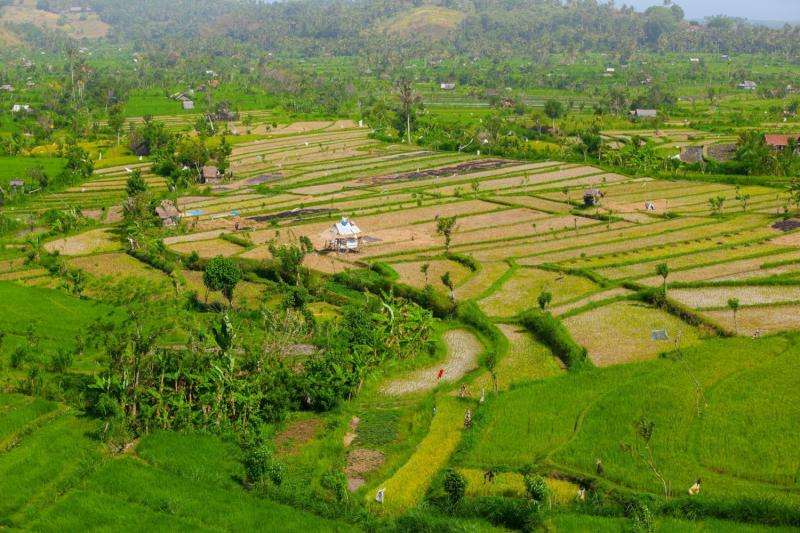Spatial database on rice for research and policy questions on food security

Rice is an important food source for a majority of the world population. Worldwide, on average around 60 kilograms of rice is consumed per year per person. Researchers from all over the world, including from the ITC Faculty of the University of Twente, have developed the RiceAtlas.
The RiceAtlas is a spatial database that answers key questions like where, when and how much rice is grown globally. The database has just been made publicly available. It consists of data on rice planting and harvesting dates by growing season and estimates of monthly production for all rice-producing countries. The database represents a long term global effort to collect, and continuously update, the most detailed information on rice calendars and production worldwide. This is an important dataset that is crucial for understanding the effects of policy, trade, and global and technological change on food security.
Spatial data for strategic planning and modelling
Alice Laborte, scientist at the International Rice Research Institute (IRRI): "Several rice crop calendars exist. However, they do not adequately capture the spatial and temporal detail associated with rice production. With the help of collaborators from various countries, RiceAtlas has become the most comprehensive and detailed spatial database on global rice calendar and production."
Andy Nelson, Professor of Spatial Agriculture and Food Security at ITC, University of Twente: "We developed RiceAtlas to support strategic planning and modelling which require information on the where and when of rice. Making it a global public good serves the research and policy community but also means that RiceAtlas can be regularly improved through expert knowledge and contributions."
Sander J. Zwart, principal researcher at AfricaRice: "Strategic knowledge on the when and where of rice production supports the debate on food security and the development and implementation of policies across Africa. Experts from national institutes were consulted to contribute information to RiceAtlas that was before available only in national data bases and not shared with the greater public. RiceAtlas was already deployed to spatially analyse the impact of climate change on rice production in the different growing seasons."
More information: RiceAtlas, a spatial database of global rice calendars and production. DOI: 10.7910/DVN/JE6R2R
Provided by University of Twente



















